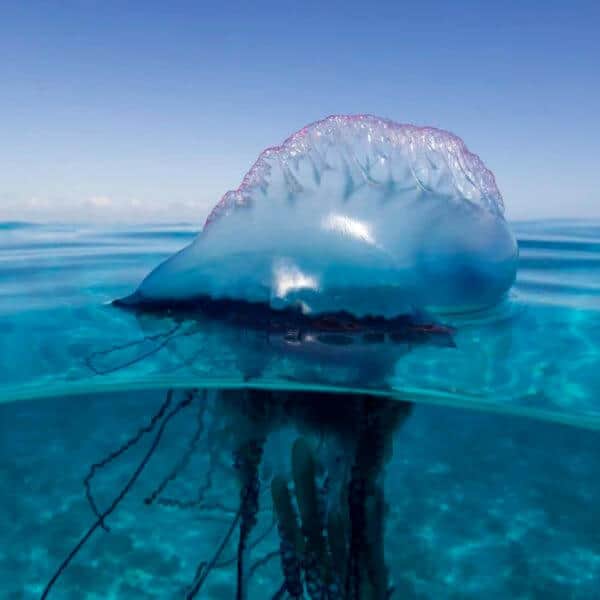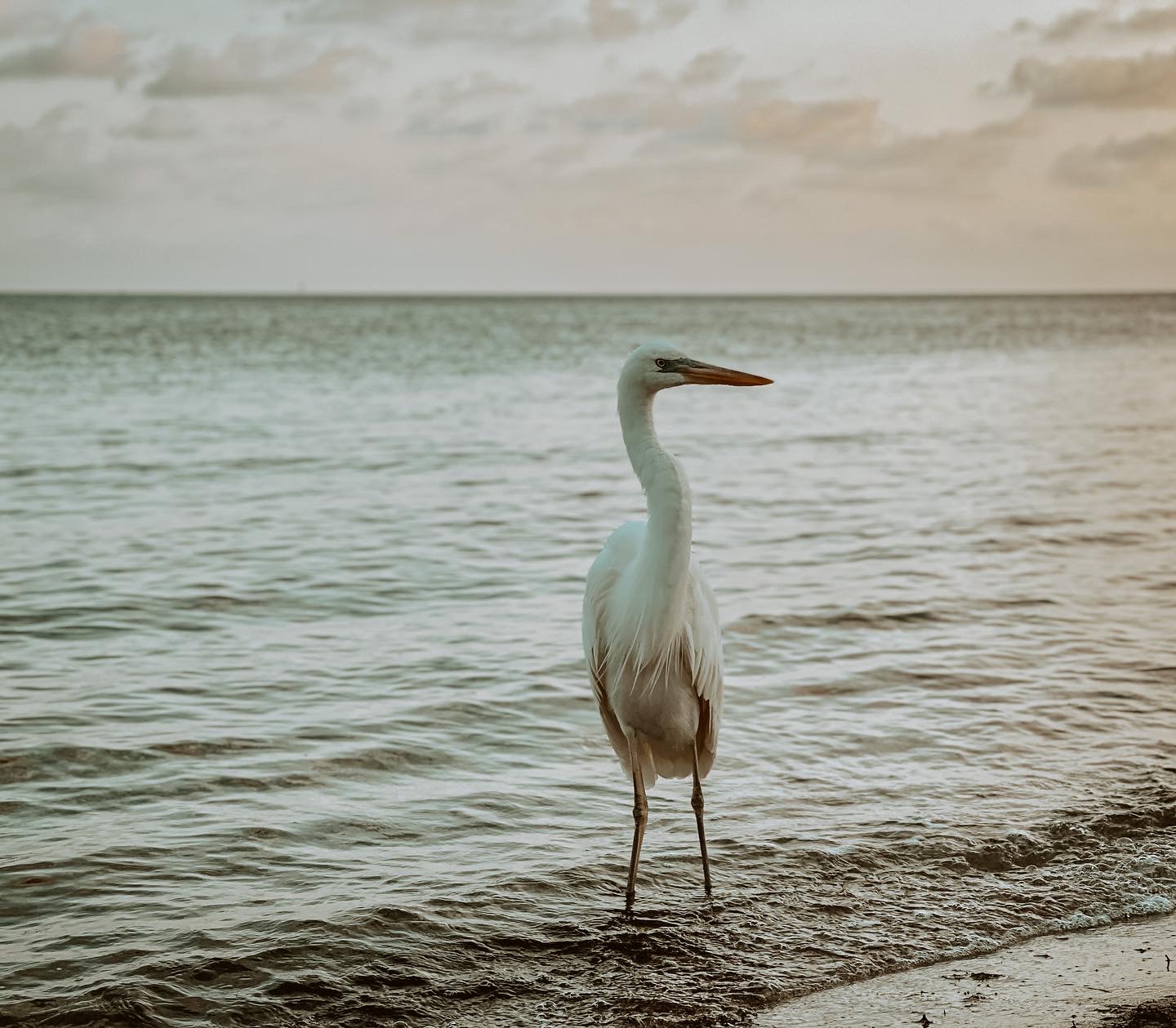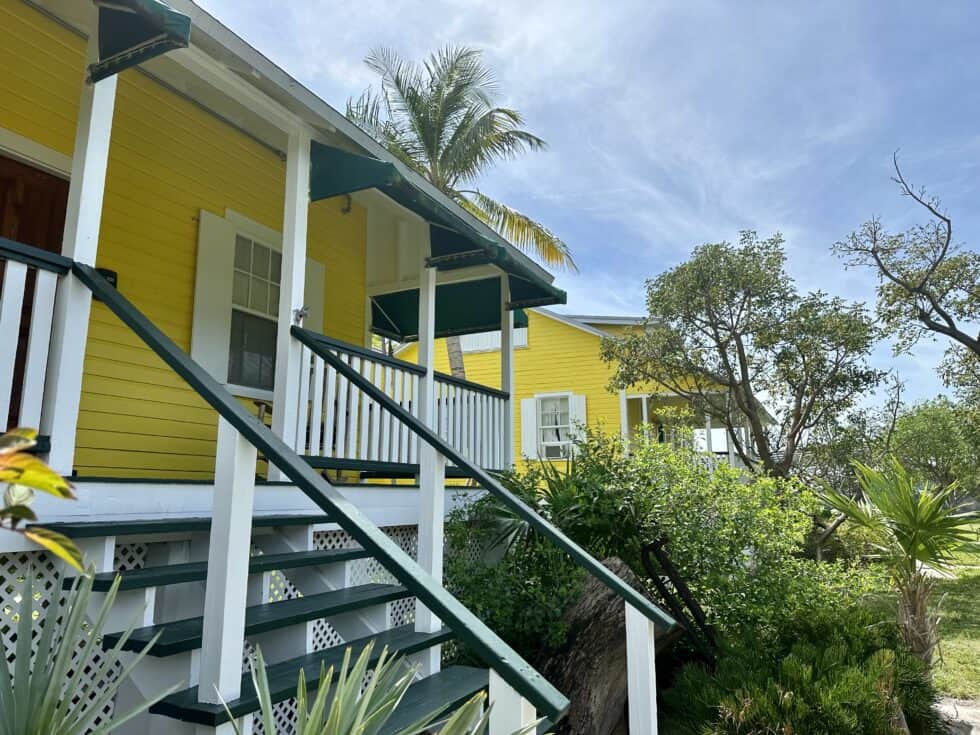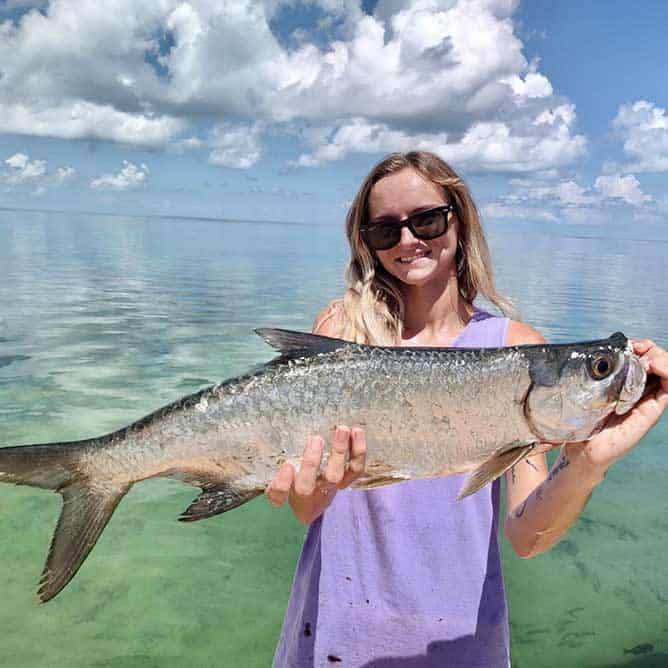The Portuguese Man O’ War, Physalia physalis, is a highly specialized marine organism with fascinating biology and ecology. This species is found in waters all around the world, including in the Florida Keys. The Portuguese Man O’ War is often mistaken for a jelly. However, this animal actually belongs to the class Hydrozoa, distinct from the Scyphozoa, or true jellies, though both fall under the phylum Cnidaria.
The Portuguese Man O’ War has a distinctive appearance, with a blue or purple gas-filled float that sits on the surface of the water. This float is used to help the Portuguese Man O’ War float on the surface of the water and move with the current. The float also acts as a sail, allowing the Portuguese Man O’ War to move with the direction of the wind. This unique feature is the creature’s namesake as the term “man-of-war” describes a type of old warship that moved with the wind.
The Portuguese Man O’ War is a colonial organism, meaning that it is made up of a colony of four specialized individuals, called zooids. Each zooid in the colony is responsible for a specific function, one each for reproduction, movement (the float), digestion, and defense (the tentacles). This specialization allows the Portuguese Man O’ War to be highly efficient and effective at capturing prey and defending against predators.
The tentacles of the Portuguese Man O’ War are used to capture prey and to defend against predators. These tentacles can grow up to 165 feet long and are covered in tiny stinging cells called nematocysts. When the nematocysts come into contact with prey or predators, they release a potent toxin that can stun or kill the organism. As such, the tentacles can cause injury and even death to humans who come into contact with them. The nematocysts can still sting even after the organism has died, so the animal should not be touched even once it has washed ashore.
Despite its venomous tentacles, the Portuguese Man O’ War is an important part of the marine ecosystem. Its tentacles can provide a source of food for many species of fish and other marine organisms that have adapted to the toxins. Additionally, the floating nature of the Portuguese Man O’ War’s float and tentacles provides a habitat for smaller creatures such as fish, crabs, and shrimp, which may use it for shelter or hunting opportunities. This makes the Portuguese Man O’ War an important part of the food web, providing food and habitat for a variety of oceanic species.
Furthermore, the presence of Portuguese Man O’ War colonies in the ocean’s surface waters can also have an impact on nutrient cycling and water quality. The colony’s feeding and digestive processes can help to recycle nutrients and organic matter, contributing to the overall health of the ocean ecosystem.
The Portuguese Man O’ War is not currently considered a threatened species, and its populations are thought to be stable throughout its range. However, it is important to monitor their populations and distribution to ensure that they are not impacted by environmental changes or human activities.
While it is important to exercise caution when swimming or snorkeling in areas where this species is present, the Portuguese Man O’ War is an important part of the marine ecosystem in the Florida Keys and around the world. By understanding the biology and ecology of this species, we can continue to appreciate and respect the natural world around us.
When the winds blow from the South, they often bring the Portuguese Man O’ War right to our shores. Next time you visit, look for these cool creatures in the tidepools and in our saltwater pool–from a distance, of course!




